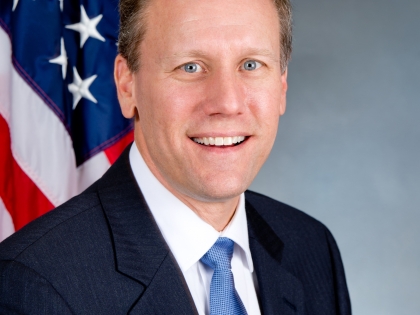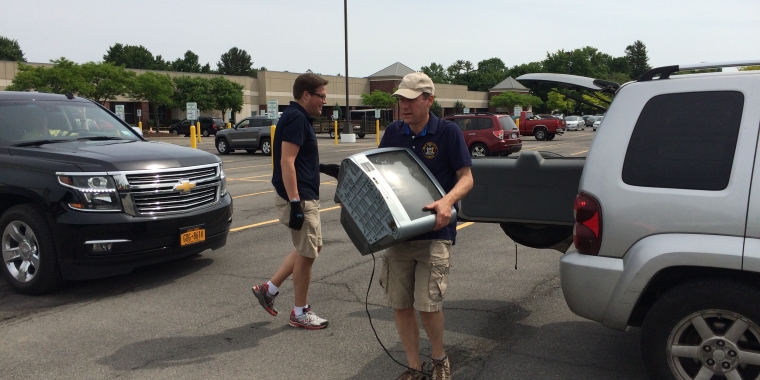
Workers' Compensation Reform Is Necessary
While an important accomplishment in its own right, the first on-time budget in twenty years also offers immediate benefits for this year’s legislative agenda. First, we have a blueprint for cooperation and compromise that can be used to enact other reforms. Second, the legislature has time to address important issues that have been left unresolved for years as past budgets monopolized the legislative session.
One of the most pressing issues is workers’ compensation reform. The last major reforms of our workers’ compensation system were enacted in 1996, and the economic benefit from those changes have long since worked their way through the system.
For the last decade New York State has all but ignored its workers’ compensation system. Inaction has translated into a system that places New York at a competitive disadvantage. Today, our state has the dubious distinction of providing the lowest weekly workers’ compensation benefits in the Northeast while ranking among the highest in the nation in costs to employers. This broken system costs us jobs and investment here in Central New York and across the state.
During the past five years, we have witnessed the erosion of the rate-making process. The organization responsible for filing rates with the Department of Insurance, the Compensation Insurance Rating Board (CIRB), recently submitted a second rate filing for 2004/05. Prior to 2003, the CIRB would make a filing with the Insurance Department in May. The Department would either modify or approve the filing in July, with the new manual rates and the assessment both taking effect on October 1.
In 2003, the process became a bit confusing for employers. While the assessment that year went into effect on October 1, the new manual rates did not take effect until December 1. This past year, a new assessment went into effect on October 1 and manual rates, after two filings, are still pending some 45 days before the CIRB should make its annual filing for 2005/06 rates.
The rate making process for workers’ compensation has come to resemble the dysfunctional budget process of the past twenty years. We proved, however, that we could change the budget process. Now it is time to fix workers’ compensation.
To fix the broken system we must bring labor and business to the table so that we can achieve a consensus solution that will help businesses reduce their costs and also provide workers with real economic protections if injured on the job. We must expand fraud prevention efforts. Eliminating fraud will better protect the benefits for employees who are truly injured. We should also examine why the 1996 "safety investment legislation" has not been implemented. This legislation would provide a credit against an employer’s workers’ compensation insurance premiums for investments resulting in a safer work environment. And finally, we must examine the skyrocketing cost of health care and the impact on workers’ compensation costs.
Historically, New York has been a leader in workers’ compensation, though not always a result of positive events. In fact, the passage of this year’s budget came a few days after the 94th anniversary of the horrific event that led to calls, and eventually enactment, of the nation’s first workers’ compensation system. On a tragic March day in 1911, fire swept through the Triangle Shirtwaist Factory in New York City, killing 145 young women workers. The workers’ compensation system enacted in 1914 would serve as a model for the nation. Yet today, that model system has become dysfunctional. Benefits have not been increased in over a decade and workers’ compensation costs continue to rise.
No matter what reforms we eventually pursue, there is no doubt that the state’s workers’ compensation system needs to be fixed. It will not be easy. But three months ago we all knew passing the first on-time budget in two decades would not be easy. We made it happen with cooperation and compromise. By channeling the same bipartisan spirit that drove the budget process, I believe we can enact workers’ compensation reforms that benefit all New Yorkers.


